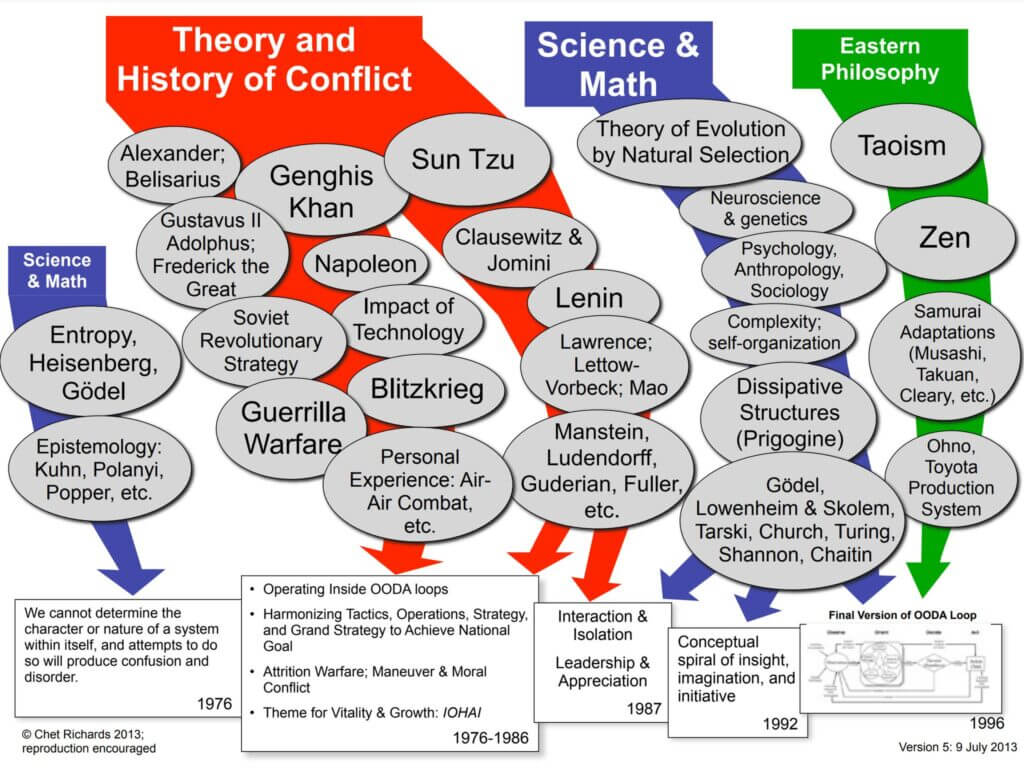innovation communications tactics such as:• Building visibility with “tips from the lab” newsletters, blogs, guides, or tools. Skip the jargon. Put something tangible into the hands of staff.• Helping managers by creating team briefs, case studies and articles for team meetings.• Inviting executives for briefings to build your pool of champions.• Packaging presentations for staff meetings and manager conferences.• Creating basic education programs to help staff and teams solve problems on the job.
A good list of tactics to communicate about innovation. For example,
- publish blogs, guides, videos with concrete tips,
- create a pool of champions
- basic education programs that help solve problems on the job
One could also think about a "virtual innovation" lab approach ...
